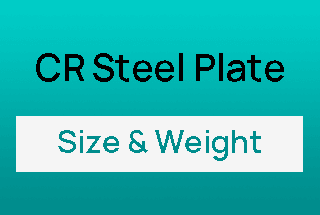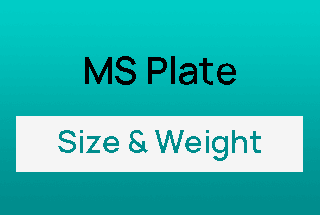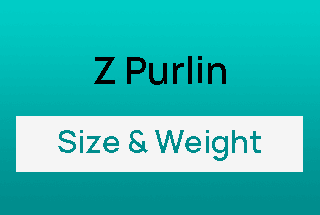
Have you ever needed to know the precise weight of cold rolled steel plates for your project? Understanding this is crucial for planning and cost estimation in metalworking. This article provides a comprehensive chart listing the theoretical weights of cold rolled steel plates ranging from 0.2mm to 5mm in thickness. By referring to this chart, you can ensure accuracy in your material calculations and optimize your project’s efficiency. Read on to find out how this information can be applied to your specific needs.

The following table lists the theoretical weight of 0.2-5mm cold-rolled (CR) steel plate in kg/m². This data is crucial for material estimation, cost calculation, and structural design in various industrial applications.
If your specific steel size is not represented in the table below, you can utilize our online steel weight calculator for precise calculations tailored to your requirements.
| Grade (mm) | Theoretical weight (kg/m) |
|---|---|
| 0.2 | 1.57 |
| 0.25 | 1.963 |
| 0.3 | 2.355 |
| 0.35 | 2.748 |
| 0.4 | 3.14 |
| 0.45 | 3.533 |
| 0.5 | 3.925 |
| 0.55 | 4.318 |
| 0.6 | 4.71 |
| 0.65 | 5.103 |
| 0.7 | 5.495 |
| 0.75 | 5.888 |
| 0.8 | 6.28 |
| 0.85 | 6.673 |
| 0.9 | 7.065 |
| 1 | 7.85 |
| 1.1 | 8.635 |
| 1.2 | 9.42 |
| 1.3 | 10.205 |
| 1.4 | 10.99 |
| 1.5 | 11.775 |
| 1.6 | 12.56 |
| 1.7 | 13.345 |
| 1.8 | 14.13 |
| 2 | 15.7 |
| 2.2 | 17.27 |
| 2.5 | 19.625 |
| 2.8 | 21.98 |
| 3 | 23.55 |
| 3.2 | 25.12 |
| 3.5 | 27.475 |
| 3.8 | 29.83 |
| 3.9 | 30.615 |
| 4 | 31.4 |
| 4.2 | 32.97 |
| 4.5 | 35.325 |
| 4.8 | 37.68 |
| 5 | 39.25 |
Key points to note:
Remember that while these theoretical weights provide a good baseline, actual weights may vary slightly due to manufacturing variations and material composition. For critical applications, it’s advisable to verify weights through physical measurement or supplier certification.


